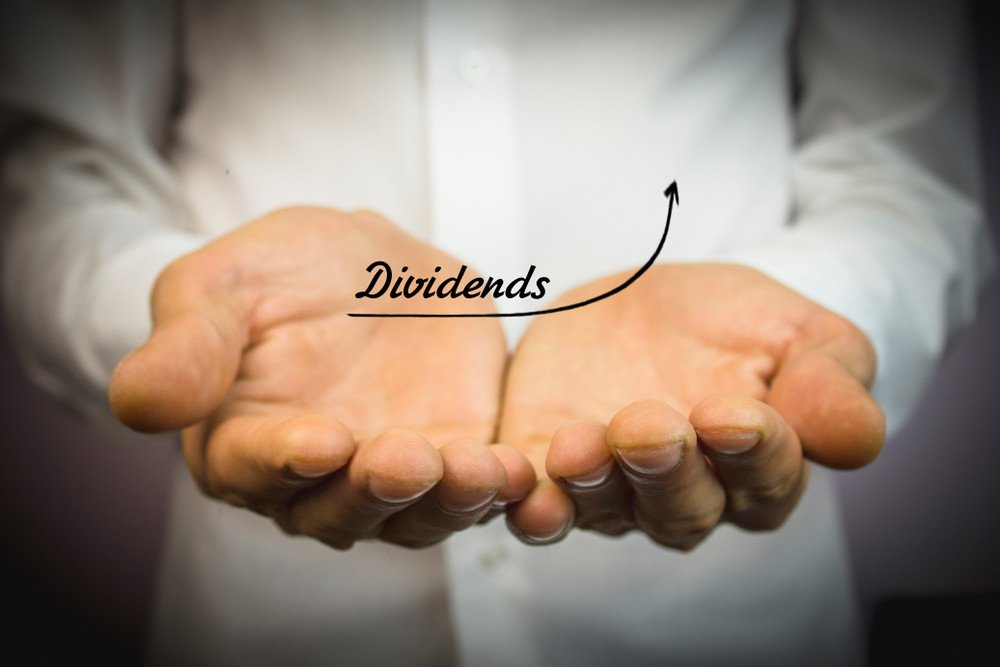Dividends - UK Tax Explained
- Authors
-
-

- Name
- Patrick Maflin
-

In recent months we have begun to receive more enquiries with regard to taxation on dividends in the UK, how it works and what you pay. Whilst the thresholds and taxation rates may be adjusted on an almost annual basis by HMRC, the way in which tax is applied has remained the same since April 2016.
You will gain a dividend if you own shares in a company which is profitable enough to make distributions to its’ owners. The dividend amount is decided by the company’s directors, whether this be a board of directors at a FTSE100 company, or a single individual managing director and sole owner of a firm. Each year HMRC will set a dividend amount which can be earned tax free known as the “dividend allowance”. The dividend allowance for the tax year starting 6th April 2018 will be £2000 per annum, lowered from £5000 for the previous two years. If you do not have any other taxable income in the UK, you can also use your personal tax allowance to cover earnings from dividends. The personal allowance for the 2018/19 tax year £11,850, meaning that you could take dividends up to £13,850 tax free.
Dividends paid in excess of these allowances for the tax year are taxed dependent upon the tax band which they fall in to, over and above your taxable income from other sources. Your taxable income
|
Band |
£ |
Income Tax Rate |
Dividend Tax Rate |
|
Personal allowance |
Up to 11,850 |
0% |
0% |
|
Basic Rate |
11,851 to 46,350 |
20% |
7.5% |
|
Higher Rate |
46,351 to 150,000 |
40% |
32.5% |
|
Additional Rate |
over 150,000 |
45% |
38.1% |
The table above shows the personal income tax bands for the 2018/19 and the taxation rates for dividends which fall in to each band. If your other taxable income brings your in to the basic rate of personal taxation, your dividends of the dividend allowance of £2000 will be taxed at a rate of 7.5%. If you are a higher-rate tax payer, dividends paid out after using your annual tax allowances will be taxed at a rate of 32.5%.Personal Income Tax bands for 2018/19 are:
Example:
Steve has income from employment of £35,000 and takes dividends from his investment in shares of £6000. How much tax will he pay?
Income from employment
Steve’s personal allowance will be applied to his salary meaning the first £11,850 is tax free.
£35,000 - £11,850 = £23,150
The remaining £23,150 is now taxable at the basic rate of taxation:
£23,150 @ 20% = £4,630
Income from dividends
Steve’s dividend allowance of £2000 is applied, leaving him with £4000 of taxable dividends. As his income from other sources totals £35,000, the next £4000 of his earnings would fall in to the basic rate tax band, meaning is remaining dividend amount will be taxable at this basic rate:
£4000 @ 7.5% = £300
Total Taxation
£4,630 + £300 = £4,930
(Note: National Insurance contributions have not been accounted for in this example)
For further advice, contact us today:
Any advice in this publication is not intended or written by Marine Accounts to be used by a client or entity for the purpose of (i) avoiding penalties that may be imposed on any taxpayer or (ii) promoting, marketing or recommending to another party matters herein


